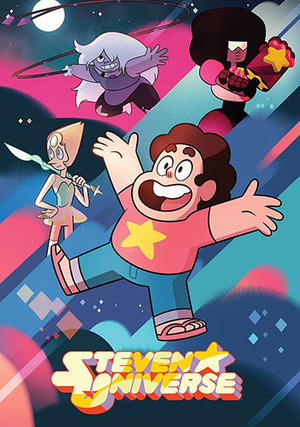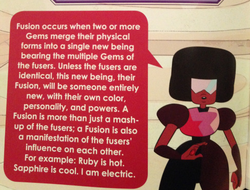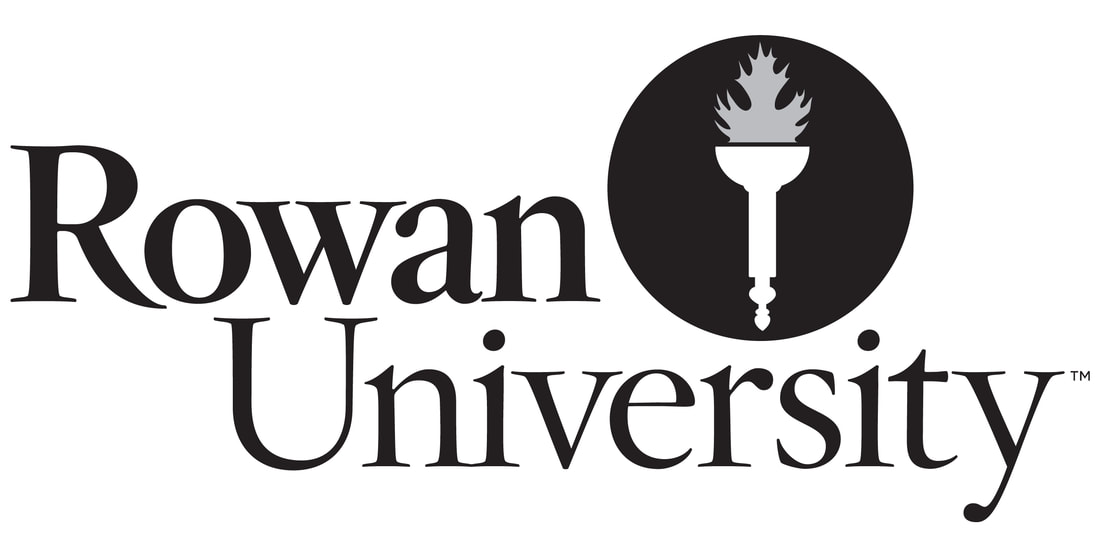|
by Sarah Knapp
The above videos contain clips from two very different, but two very popular TV shows: RuPaul’s Drag Race and Steven Universe. What do all of these seemingly unrelated scenarios have in common? In each clip, there are quite a few different uses of pronouns, some of which seem confusing or don’t exactly fit our expectations. There is a powerful force at work here: gender is being redefined. Subtly, and sometimes very overtly, the language used to talk about gender is being changed and shaped by the media that surrounds us.
But here’s where it gets interesting: the contestants on the show are, for the most part, cisgender men (meaning they were assigned “male” at birth, and have continued to identify as “men”). But while on the show, most of the contestants use feminine pronouns such as “she, her, hers,” whether they are in drag/character or not. This can be perplexing, but after several episodes, it becomes natural to refer to a male-presenting, male-identifying, out-of-drag contestant as “she.” I feel that this fluidity in the use of pronouns when referring to a particular person is blurring the lines between the strict binary differences we have been taught exist between what is inherently “male” and what is inherently “female.”
 Image credit: PopMatters Image credit: PopMatters
This normalization is especially important because Drag Race is growing in popularity outside of the LGBTQ+ community. The show has been airing on Logo for years, but only within the past two seasons or so has the show gone mainstream. The more popular the show becomes, the more widely spread is the normalization of fluidity in pronoun use. This is not, of course, to imply that RuPaul is single-handedly changing the entire pronoun discourse, but that popular media has a hand in influencing the minds of the general public. With shows like RuPaul gaining popularity, more of the population is being indoctrinated into the discussion of gender and pronouns. And the more people who begin to understand and grasp onto a non-binary way of thinking when it comes to gender identity and expression.
However, RuPaul’s Drag Race is not the only show on television at the moment that is changing the way we talk about gender. Adding to the layers of gender-expression is the introduction of non-binary identifying characters in the mainstream media. The Cartoon Network original show Steven Universe has exploded in popularity over the past year or so. The show, geared toward children (or is it?), follows the adventures of half-human, half-crystal gem boy Steven and his Crystal Gem guardians as they attempt to save the Earth from not-so-nice Gems (yes, it’s adorable!). All of the gems currently on the show identify as female except for Steven, and there have been confirmed canon threads of Gem relationships, meaning there are canon gay characters on the show. In recent episodes that aired over the summer (spoiler alert here, sorry guys) Steven learned that he could “fuse” just like full gems can. This means he can combine his form with another gem/being and become a whole new being. Steven and his best friend Connie fuse to form an ultimate warrior, adorably named Stevonnie. Stevonnie is canonically referred to by other characters as “they.” Steven also learned he could fuse with his rambunctious Gem companion known as Amethyst, and together they form Smokey Quartz, who also is referred to as “they.”  Image Credit: Tumblr Image Credit: Tumblr
“But Sarah,” I hear you protesting, “if they fused, they’re two different people, so of course you would have to use ‘they’ to refer to them!” Not so. The show makes a point to explain that once two gems fuse, they become one: a whole new being. So the use of “they” pronouns when referring to Smokey or Stevonnie is, in fact, the use of non-binary pronouns. (Video) The use of gender-neutral pronouns has not yet been explored on many (if any) fronts in mainstream media. And here comes an adorable, animated, meant-for-kids TV show leading the charge on non-binary pronoun use. So, if kids see this show normalizing the idea that “oh, Smokey’s not a boy or a girl, they’re just them,” then they will perpetuate a willingness to embrace new and different identities out in the real world.
Just within the past decade, the way our society as a whole has begun to view gender has changed. We’re a lot more open and accepting as a whole, but there is still a long way to go. Television is a huge industry and reaches so many different kinds of people. If you think TV doesn’t influence our thought process at all, I’ve got news for you: it does. A lot. Television has been the most progressive media for decades, taking on emerging conversations as they were happening. In order to have a conversation, you have to have both the language and platform. Shows like Drag Race and Steven Universe have provided us with the tools to talk about gender, how the binary is breaking down, and how we, as humans, are progressing past the strict, outdated boxes that define “man” and “woman.”
0 Comments
Leave a Reply. |
Archives
April 2024
Categories
All
|
|
Glassworks is a publication of Rowan University's Master of Arts in Writing 260 Victoria Street • Glassboro, New Jersey 08028 glassworksmagazine@rowan.edu |
All Content on this Site (c) 2024 Glassworks
|


 RSS Feed
RSS Feed
